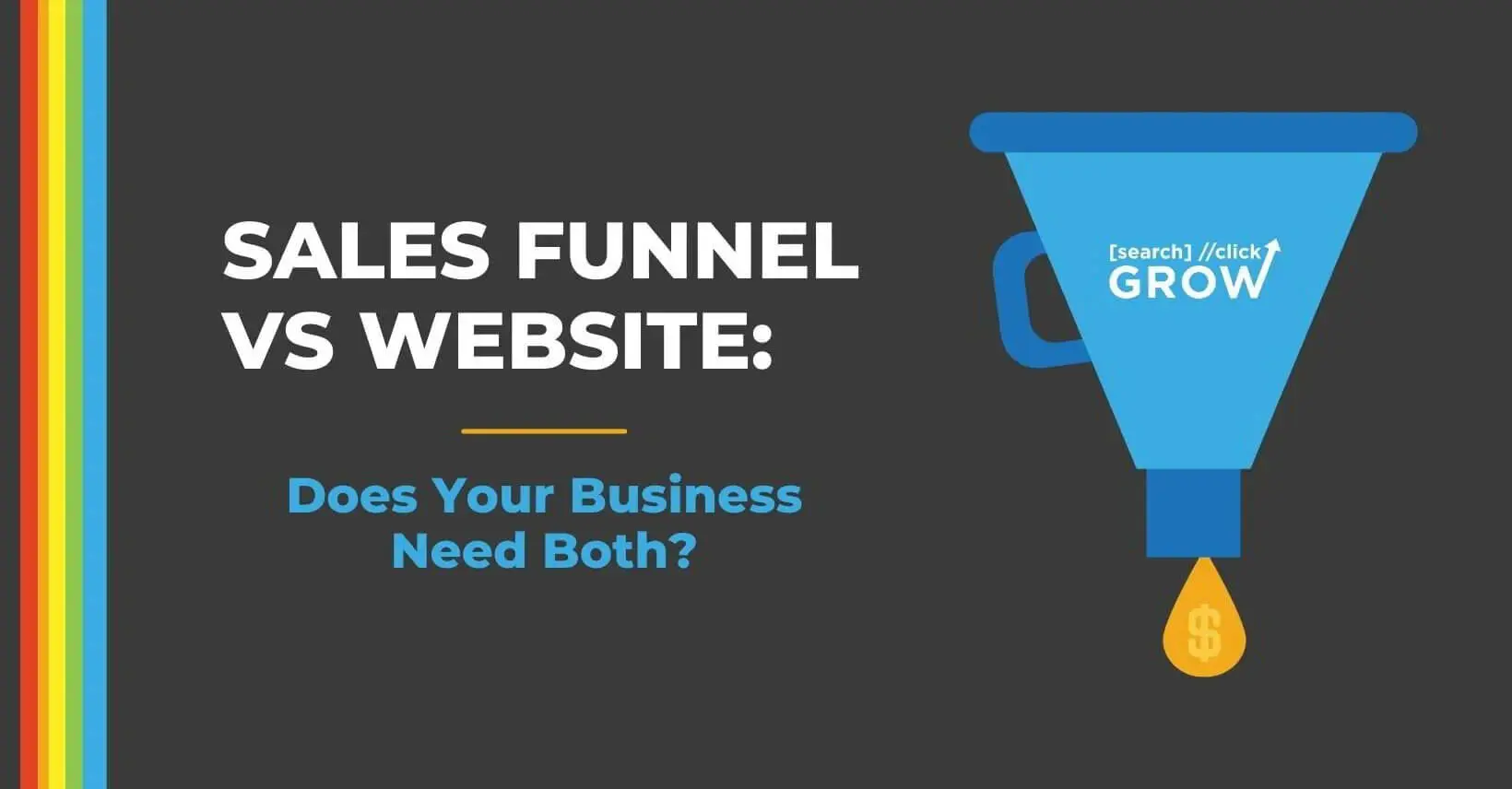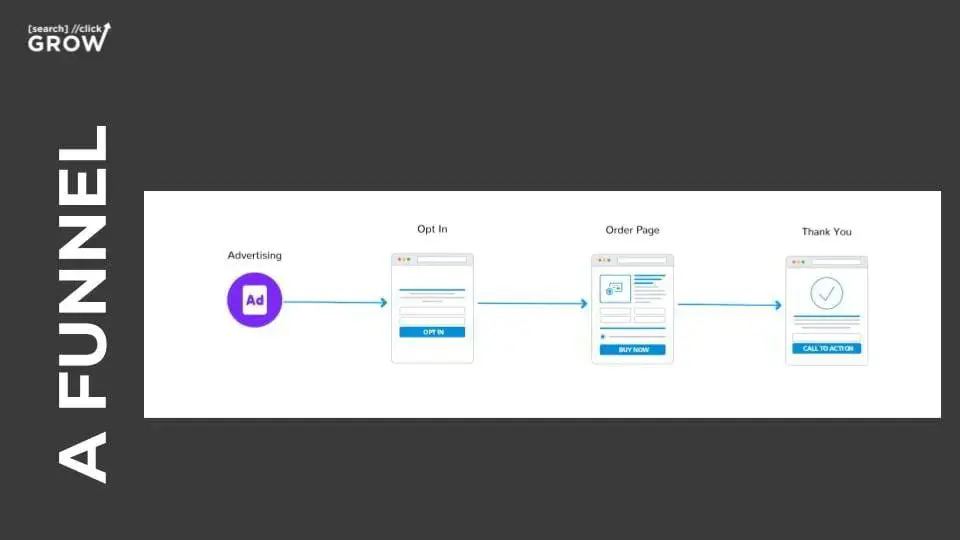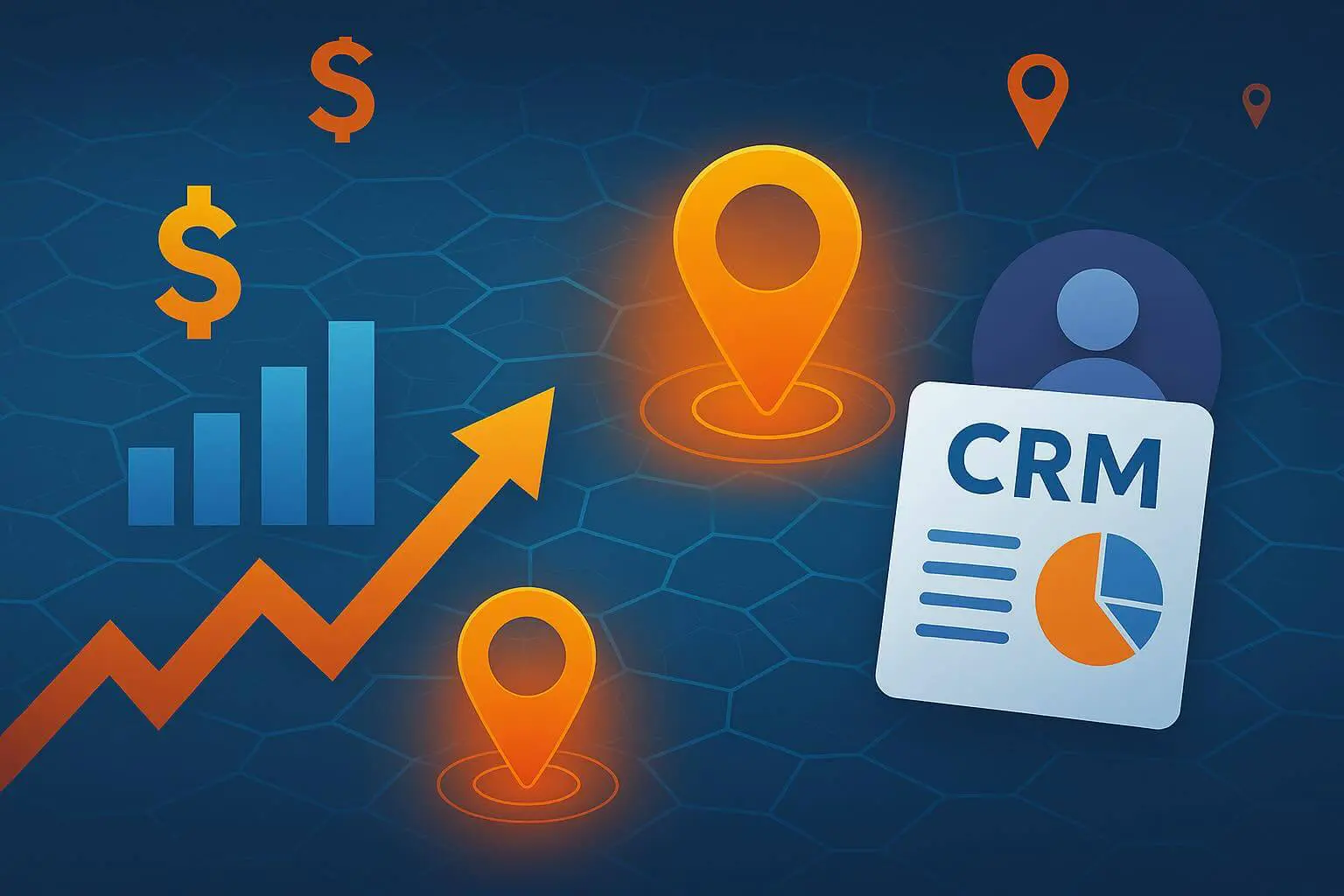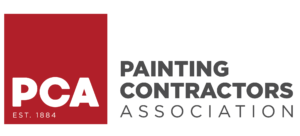
Sales Funnel vs Website: Does Your Business Need Both?
The world wide web has changed the buying process. More transactions take place online.
As such, more and more businesses have turned to the web in order to add more customers to their rosters. However, many business owners are confused about what type of web properties they should employ to attract these customers.
They wonder what is a sales funnel vs website. Maybe you’re in the same boat. You’ve heard that you have to have a presence on the web.
You’ve also heard that sales funnels are all the rage for online marketers.
So which is true, and does it really matter, anyway? Isn’t one just as good as the other?
The short answer is not necessarily.
Both sales funnels and websites serve an important purpose. Not including one or the other could be detrimental to your sales.
In this article, we will:
- Explain what is a sales funnel vs website?
- Explain the role that each plays in the marketing process
- Clarify why you should think about employing both types of marketing tools as a matter of course
Let’s get started.
What Is a Sales Funnel?
A sales funnel is a tool that web marketers use to attract sales or email list subscribers.
The person offering the funnel usually offers something for free in exchange for the customer’s email.
For example, a business owner who wants to build an email list will offer a free PDF report in exchange for the customer’s email.
All the customer has to do to get the free PDF report is to submit their email to the site, and then the exchange happens.
The funnel is often just a single-page website with a slot for the customer’s email.
This isn’t always the case, but most often it is.
This simple format forces the customer to only pay attention to the task at hand and nothing else. The sales funnel has a specific and linear design.
Here’s a common sales funnel design:
- Landing page/sales page where the offer is presented
- An opt-in page where the customer can input the email or make the purchase
- A ‘Thank You’ page
Depending on the marketing model that the business is following, there may be other offers that follow the initial pages of the sales funnel.
These could include:
- An order page or sales video
- A free webinar
- An up-sell or series of up-sells
- A place for members to congregate
- The download page
If the offer is for a spendier product or service, it’s likely that the sales funnel will be longer to build value in the product or service.
If it’s a simple request for an email in exchange for a free report or video, the funnel usually includes only a few steps.
The sales funnel may also be purely a sales tool, meaning that the customer knows upfront that an offer is being made.
However, to entice the would-be customer to buy, then the funnel operator will offer a product or service at a discount price.
The first page of the funnel is a sales page that explains the value of the product. The best ones also include answers to common customer objections.
By the end of the page (and sometimes throughout), there will be an offer. The customer can purchase the product at this point.
Often the up-sells come directly after the first offer. They are usually related to the offer in some way.
For example, the original offer could be for a certain kind of software. The up-sell offers the premium version at a good price.
In this model, it’s critical that the sales page for the funnel builds value, because people are being asked to part with their money.
Often they’re not familiar with the company making the offer, so building credibility for the offer and the company doing the offer is of paramount importance.
Customer Psychology
The sales funnel honors the buying psychology of the visitor. The bulleted list below highlights its structure.

- Awareness: This step makes people aware of a problem to be solved. At this stage, web searchers may or may not be aware of this problem.
- Consideration: This step digs deeper into the research phase of the buying process. It explains to the funnel visitor what the company in question offers and why that company’s product or services can best solve the visitor’s problem.
- Conversion: This step signals the buying stage. The sale is made. You have a customer or an email subscriber.
- Loyalty: If you’ve done your job, then you have a long-term customer who will continue to buy from you and who will drive business your way.
Buyer Persona or Customer Avatar
Naturally, the success of your funnel also depends on how well you have defined your ideal customer.
Often this is referred to as a buyer persona or customer avatar. It’s a fictionalized version of your ideal customer.
When you’re creating your customer avatar, consider the following:
- Gender and age
- Are they married? Single? Children?
- Job title or occupation? Salary level?
- Education
- Goals and values
- Where do they find information? Newspapers? Professional conferences?
- What problem do they need to overcome? Pain points?
- Why might they object to your product or service?
Knowing all of this information is important for several reasons:
First, it helps you prequalify customers. There’s no sense in trying to sell to a person who can’t use your product.
It’s also a waste of time and money if you don’t know exactly who your customer is.
Not knowing means that you spend a lot of time advertising in places that won’t convert and asking people to buy who would never buy from you.
If you’re asked who your ideal customer is and you say, “Everyone”, then you haven’t done enough to narrow down your ideal customer. Everyone is not your customer; in fact, very few people will be.
Second, it helps you narrow down where you’re going to advertise your funnel. For example, if you know your ideal customer never visits Facebook, then you won’t want to advertise there.
Instead, you’ll only advertise your business in places where your ideal customer frequents. This saves you money as well.
It’s really the difference between going broad and going narrow in your advertising.
Broad advertising includes traditional radio or
TV spots. Narrow advertising is done in niche magazines or on niche websites and niche social media pages.
What Is a Website?
With everything that has been written about sales funnels thus far, it’s tempting to think that you don’t need a website, particularly given how well sales funnels convert to sales.

However, this is an erroneous belief.
For one thing, many businesses use different pages on their websites as sales funnels pages.
This prevents them from having to host a funnel on a different website. That said, a website serves more purposes than just hosting sales funnels.
Business owners use their on-site blogs to establish themselves as industry experts. They can additionally use their sites to provide information about their products or services.
The reality is customers visit websites at various stages of the buying process.
Nowadays, people are likely to spend a long time researching products, services, and companies before they buy. They’ll read reviews, blog posts, and other published information on the web.
Some of what they read appears on review sites, like Yelp. However, would-be customers also spend time reading industry blogs or watching YouTube videos created by industry experts.
In light of this, your website’s content can play an important role in all of the buying stages.
Your website should host content, like but not limited to:
- Informational videos
- Blogs
- eBooks
- Case Studies
- White papers
- Your product or service for sale
Websites and SEO Marketing
It’s also good to mention here that while your sales funnel may convert at higher rates than your website will, you can expect some sales to come from your website.
Your website, along with other digital properties, like your social media accounts, plays an important role in the sales process.
In particular, you should optimize your website for web searches by adopting SEO and SEM best practices. This includes using the proper keyword phrases for terms you’d like your site to rank for in web searches.
For example:
If your company sells online marketing courses for small businesses, then the content in your blog posts should include keywords, like “online marketing courses” or “digital marketing courses online”.
Including these keywords on your site helps the search engines catalog your site. If your site gains enough authority with the search engines for these keyword phrases, then the search engines will place it higher in search results.
Ideally, your site has so much authority that your site ranks on page one of Google and other sites. This ranking makes it easy for people to find you when they’re searching for the web.
Some of these searches will wind up being sales. Many won’t – at least not right away.
However, that doesn’t mean your efforts are wasted.
As has already been mentioned, the buying process today is longer than it used to be.
People spend more time researching before they buy.
If you provide them with valuable information, they’ll remember you. Often they’ll buy from you when the time comes because the content on your website provided a great deal of value for them.
In other words, your content gained their trust. In turn, you gained a new customer.
Other Website Advantages
You may also gain a new subscriber to your blog or newsletter. If you’ve ever heard “The money’s in the list”, then you know how valuable a new subscriber can be.
The thing about this segment of your customer population is that you may get repeat business from them, something that may not happen with a sales funnel customer.
Your email list can and should complement your sales funnel. In fact, if you’re using your sales funnel to build your email list, then contacting your list regularly is a must.
These people should receive special offers, new blog posts with valuable content, and other offers.
Sales Funnel vs Website: Common Issues
Both your sales funnels and your website face the same problem: traffic.
If no one finds your website, you’re eventually out of business. You can say the same about your sales funnel.

Both your website and your sales funnel need a steady supply of visitors for them to have an impact on your business.
Some of these would-be customers come from organic searches. That’s where your SEO efforts come in.
Others come to you via Google or Facebook ads. Still, others will be the result of people sharing your offer via social media.
It’s important to get both of these web properties on the right promotion site to get the best results.
Sales Funnel vs Website: The Verdict
By now, you should realize that both your website and your sales funnels will play important roles in your sales and marketing strategies.
The difference between a sales funnel vs a website is that while sales funnels often have a greater upfront ROI, they do have their limitations.
Most people have to research a product or service before they buy, which is why your website plays such a critical role in the sales process.
Aside from this, your website also allows you to establish yourself as an industry expert and to provide valuable content for new visitors to your site, as well as to your mailing list subscribers.
In short, your marketing plan should include both web properties if you want to gain both short-term and long-term sales.
Start Your Funnels & Websites Today
If you are starting out and need both a website AND a sales funnel, Sitefunnels is the perfect tool for you. You won’t need 20 tools to build your business website, funnel, and e-commerce store anymore.
You can build your pages in minutes with a single, simple drag and drop builder.
Start your 14-day trial today!







